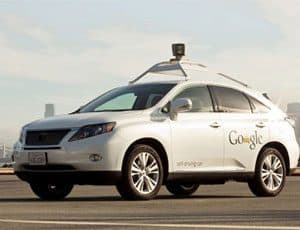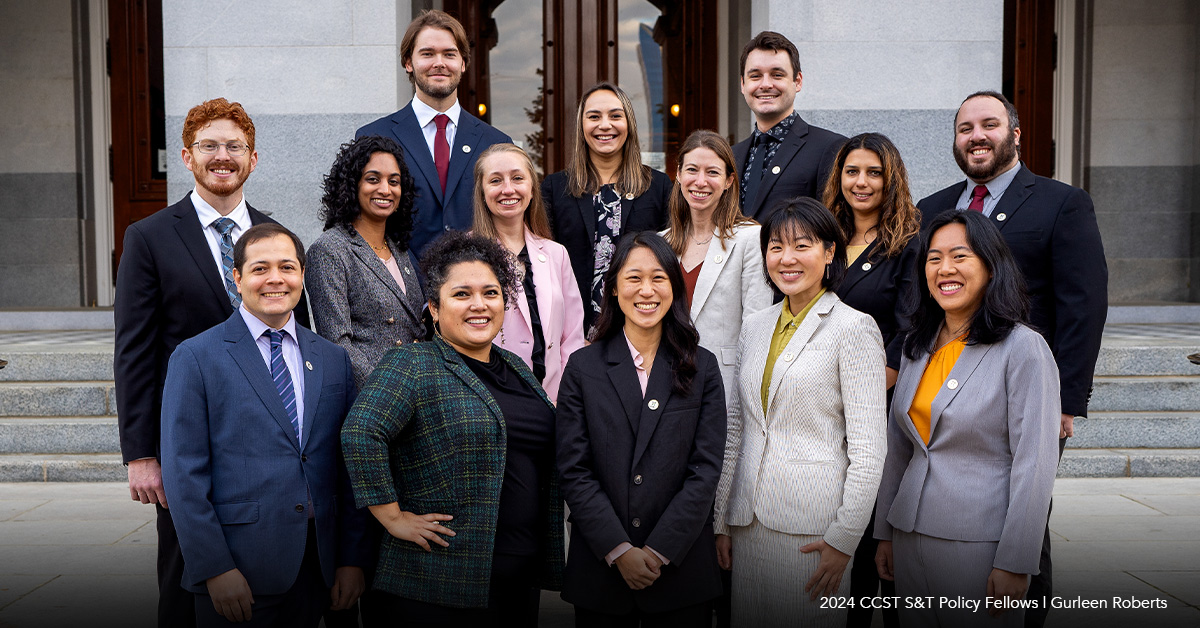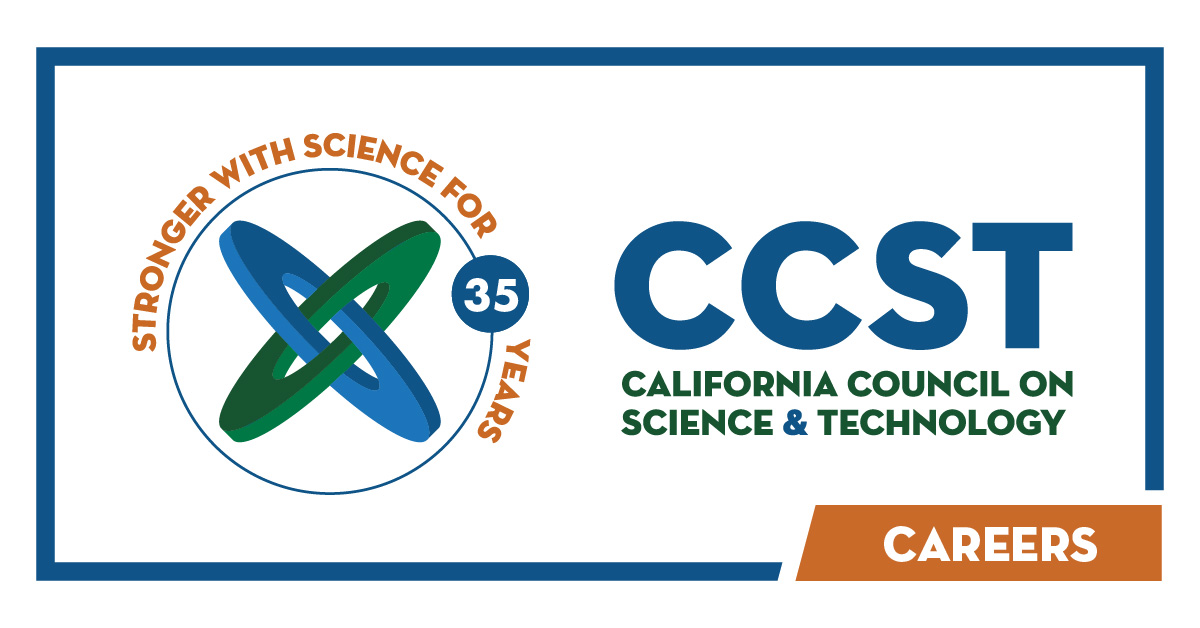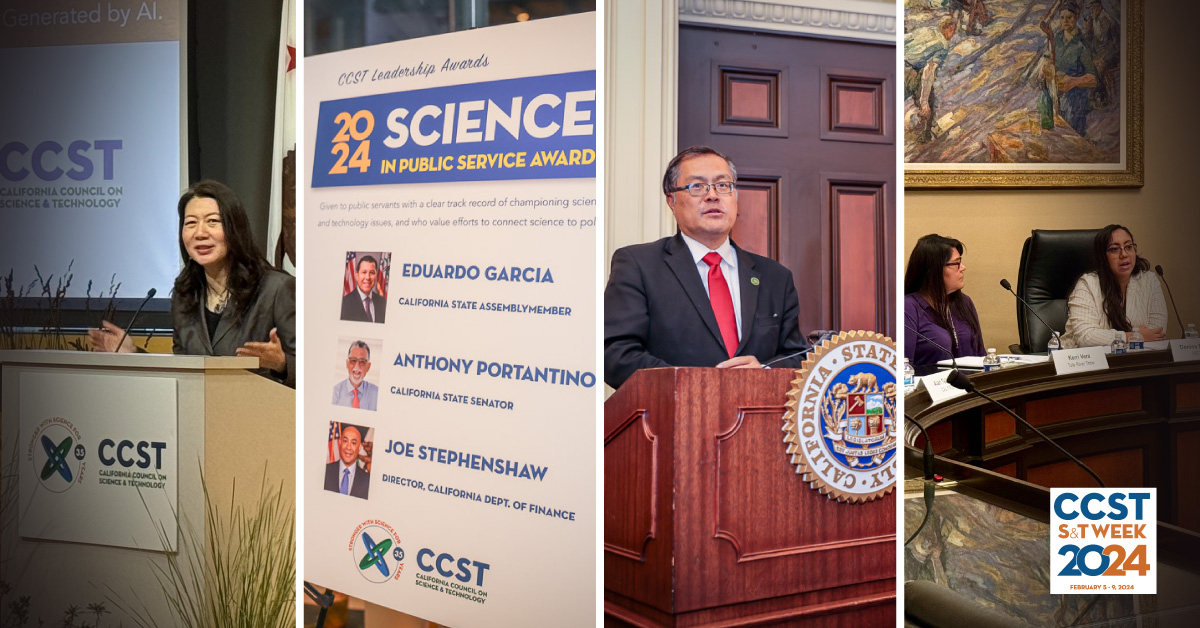California Takes Careful Step on Road to Automated Vehicles
May 29, 2014 | California Science News | Contact: M. Daniel DeCillis

The California DMV’s release last week of official testing rules for automated vehicles made headlines around the nation. On the one hand, it represents a significant step towards making vehicles with self-driving capabilities a reality on California roads, and presumably elsewhere. On the other hand, the rules demonstrate just how challenging it is to devise a regulatory framework for a technology that is still very much in the early stages of development.
“The fundamental challenge is striking a balance between protecting public safety and allowing the development and implementation of new technology,” said Dr. Steven Shladover, Program Manager for Mobility at the California Partners for Advanced Transportation Technology (PATH) Program of the University of California, Berkeley and chair of the Transportation Research Board’s Committee on Vehicle-Highway Automation. “There’s an inherent conflict between the two imperatives.”
Normally, the model for such a regulatory framework at the state level would be federal law. However, analogous standards covering automated vehicles don’t exist at the federal level yet. The National Highway Traffic Safety Administration (NHTSA) is, by its own estimation, years away from devising safety standards for automated vehicles.
“The pace of innovation, and the desire for states to capitalize on it, is moving quickly,” said Shladover. “The California Legislature gave the DMV two years to come up with a policy framework. What the regulations represent are a step in that direction. They are designed to serve until a framework built on a more comprehensive scientific foundation can be developed.”
Automated vehicles have actually been on the drawing boards for decades, with companies such as General Motors demonstrating prototype models as far back as the 1950s. A national consortium including GM and Delphi Automotive, among other major organizations, worked on developing prototypes in the 1990s with funding support from the Department of Transportation. The DARPA Grand Challenge held in 2004, a competition for American automated vehicles funded by the Defense Advanced Research Projects Agency, sparked interest from Google, which has since heavily promoted its own automated vehicle tests and worked to enact legislation permitting the testing and licensing of such vehicles around the country.
“Google certainly didn’t invent the idea,” said Shladover, “but their announcement in 2010 that they were pursuing vehicle automation captured interest around the world.”
There are actually multiple levels of vehicle automation, ranging on a scale of 1 to 5, in which 5 represents complete automation of a vehicle. Several level 2 systems requiring continuous monitoring by a human driver, such as adaptive cruise control combined with automatic lane keeping, are already becoming commercially available. The new DMV regulations concern the testing of level 3 and higher systems, which involve systems capable of fully controlling the vehicle. A level 3 system can steer, but the driver must be able to regain control in a few seconds if the system encounters a situation it can’t handle. Level 4 systems must be able to bring the vehicle to a safe condition – i.e., pull off the road and stop – if the driver becomes disengaged or falls asleep. Level 5 systems, in which the vehicle should be capable of handing the vehicle with no input from a driver, are still decades away.
Shladover points out that the current rules focus only on passenger vehicles.
“The systems under consideration are primarily for driver comfort,” said Shladover. “In order to obtain broader benefits such as improved safety and energy efficiency, the vehicular control systems would need to be able to coordinate with one another to an extent. There’s an opportunity for us to integrate the automation work with the extensive ongong work on connected vehicles, which will provide the means for coordinating vehicle behavior to achieve those benefits.”
The new regulations will only cover testing of automated vehicles; the DMV is scheduled to adopt rules governing public operation of such vehicles by 2015. There is more that California could do, however, if the state wishes to become a hub for this burgeoning new industry.
“There is a lot of interest in the automotive industry right now in developing automated vehicles,” said Shladover. “California is not the only state to be developing a regulatory framework for them.” Shladover suggested that involving other state agencies in the discussion about automated vehicles, such as Caltrans and the State Highway Patrol, would help develop a more robust policy framework that would make eventual adoption of automated vehicle technologies more practical.
Shladover also noted that California is short on test facilities, especially in the Bay Area where many of the high-tech companies interested in pursuing the technology are located. A state-sponsored consortium to help broker use of such areas as abandoned military facilities and former airfields could give California much-needed space to test the vehicles as they are developed.
“California has a unique opportunity now,” said Shladover. “Traditional automakers are feeling a little threatened. Other states such as Michigan already have testing facilities available. If California is more proactive about providing the space for facilities here, and continues down the regulatory road it’s started with the DMV, it has a chance to compete for what promises to be a fast-growing part of the automotive industry in the years to come.”






